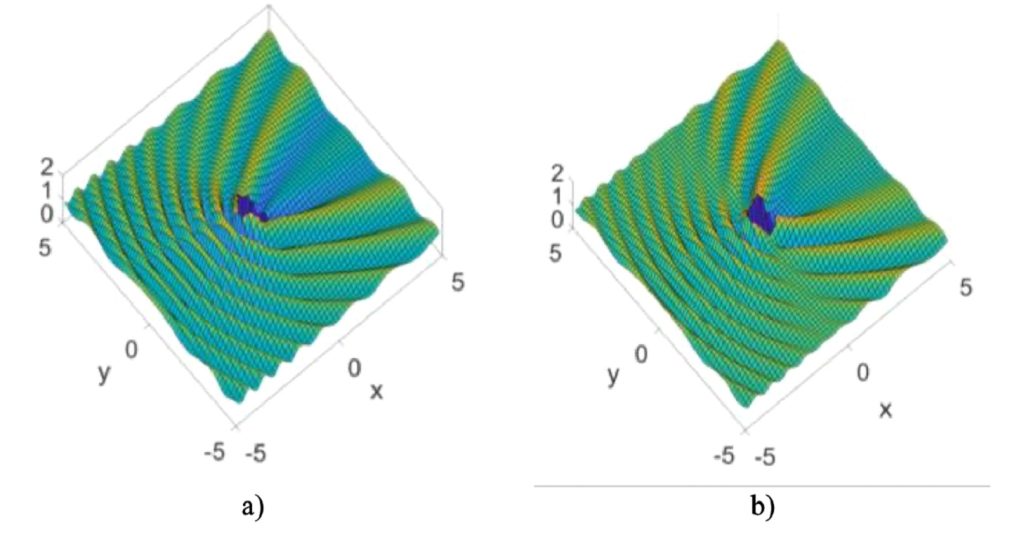Innovative method for identifying rigid obstacles of any shape, using the phenomenon of acoustic wave scattering
A team of researchers from the Netrix S.A. Research and Development Center and the WSEI Academy in Lublin, consisting of Dr. Hab. Eng. Tomasz Rymarczyk and Prof. Eng. Jan Sikora, have developed an innovative method for identifying rigid obstacles of any shape, using the phenomenon of acoustic wave scattering. These works, published in the IAPGOŚ journal, constitute a significant contribution to the development of acoustic imaging techniques and solving inverse problems in the frequency domain.
The proposed method is based on the use of the boundary element method (BEM) with economical discretization, which allows for effective reconstruction of object geometry even when using a limited number of measuring sensors – from 8 to 16. This approach is particularly valuable in the context of inverse problems, where the availability of experimental data is sometimes limited and precise shape reconstruction requires advanced numerical tools.

Qualitative comparison of the terrain relief diagram for the scattering problem: a) BEM solution b) analytical solution

During the research, the authors conducted a detailed analysis of the effect of signal frequency and obstacle geometry on the quality of reconstruction. Clear differences in the behavior of acoustic waves in the case of convex and concave objects were identified. In particular, the presence of concave elements significantly complicates the mapping process due to the intensification of multiple reflections and diffraction phenomena, which significantly complicate signal analysis in the high-frequency range.
The key element of this method is the use of near-field data, which is a departure from classical techniques based on far-field analysis. The most complex interactions between the wave and the obstacle are observed in the near field, thanks to which it is possible to capture subtle geometric features of the object. Importantly, the effectiveness of the method was also confirmed in interference conditions – with the presence of even 10% measurement noise, high reconstruction quality was maintained.
The reliability of the proposed approach is confirmed by the results of numerical and experimental verification. For simple shapes, such as a circle, a very low relative error was obtained – at the level of 0.5% using 64 boundary elements. In the case of more complex structures, such as the shape of a kite, additional optimization activities were necessary, which, however, did not significantly reduce the efficiency of the method.
The developed solution has potential applications in many areas of technology and science. It can be successfully used in medical imaging, for example in ultrasonic tomography, as well as in environmental monitoring, to identify sources of acoustic pollution. In addition, this method opens up new perspectives in industrial diagnostics, enabling the detection of defects and damage in technical structures.
We encourage you to read the full article, available at:
link to publication

